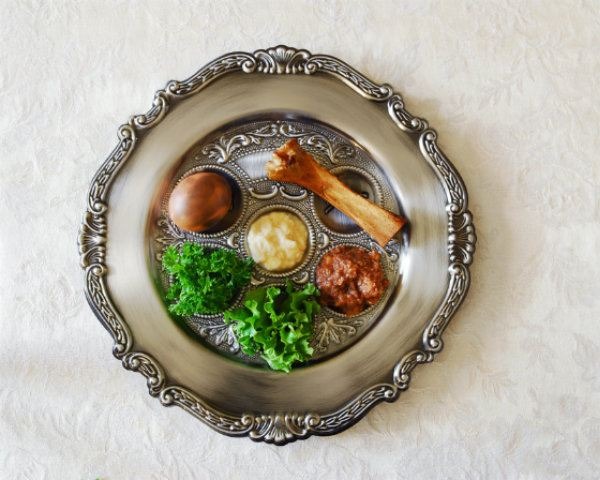What Is Passover?
The Passover meal is a special time in every Jewish household. It is the time of year when loved ones gather around the table to join in a Seder meal that is full of rituals, prayers, and delicious Passover recipes.
But what does it all mean? What was the catalyst for this sacred holiday?
This holiday commemorates the story of Exodus, the biblical tale of the freeing of the Jewish slaves under Egyptian rule. The prophet Moses, an ex-Egyptian royal whom was adopted into the pharaoh's family, was visited by God via a burning bush. God told him to instruct the pharaoh to "let his people go" from the binds of slavery. When Pharoah failed to do so, God descended 10 plagues upon the Egyptians. The final plague was death to first born in every family. To spare the Hebrew people, God instructed Moses to tell the Hebrew's to mark all of theirdoors with the blood of the lamb so the spirit of death would "pass over" their homes. Stricken with grief at the loss of his son, the pharaoh all but threw the Hebrews out of Egypt. Matzo bread became an important part of the Passover story. In their haste to leave Egypt, the Hebrews didn't have any time to let the bread they baked for their journey to rise.
This week-long holiday honors and reveres their ancestors' journey, which is done by adhering to dietary restrictions as sign of sacrifice. Of course there is plenty of wine passed around and an abundance of storytelling and overall joy. Who needs leavened bread to have a good time?
The seder meal is a fifteen-part ritual meal that is on the first night of Passover. In Hebrew, "Seder" means "order," referring to the parts of the ritual leading up to the Passover dinner. A Seder is not your typical family sit-down dinner — food is an important symbolic element used to tell the story of the Exodus from Egypt through the Haggadah, "the telling." The Seder begins with the recitation of the kiddush over wine (the first of four glasses throughout the ceremony). The kiddush proclaims the holiness of the holiday. Participants then take turns reading from the Haggadah, or the telling of the Passover story. Now the motzi, the blessing for bread, is said over the matzah. The blessing in English is "Praised are You Adonai our God, Ruler of the Universe, who brings forth bread from the earth." Next the mitzvah (commandment) to eat matzah is said. After the blessing for the bread, everyone eats his or her matzah. After the family eats the meal, a third cup of wine is poured for everyone at the table, and after the blessing is recited, participants drink the wine. An additional glass is poured for the prophet Elijah, and a door is opened, inviting him to enter the home. The door is then closed and songs of praise to God (Hallel) are sung. Next, everyone drinks the fourth and final glass of wine.
Though full of ritualistic tradition, Passover changes every year. The Jewish calendar follows the creationist belief that God made the "evening and the morning" the first day, meaning it cycles with the moon. As lunar cycles change, so does the Jewish calendar.
This year Passover begins on April 14 and ends on April 22
Keeping track of the holidays is hard enough without them jumping all over the calendar! To help you prepare for this holiday, we can help you do everything needed to create a delicious Passover meal with great recipes and design tips. Plus we can help you prepare for the next few years by letting you know the dates of Passover for years to come!
From Passover menus and party ideas to the best Passover dinner and Seder recipes, we've got you covered. Find all this and more on The Daily Meal's Passover Recipes & Menus Page.
Additional reporting done by Randi Roberts.
